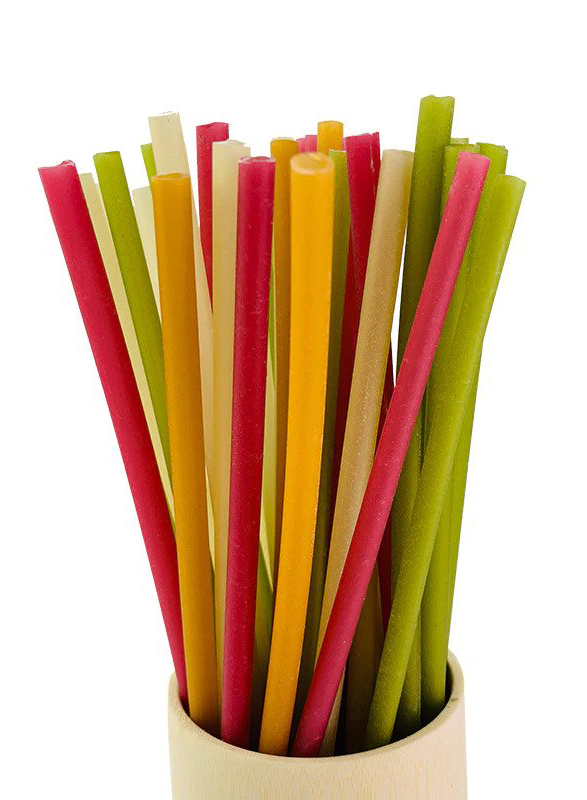 Drawing eco-friendly straws
Drawing eco-friendly straws
Aug 21, 2019
ARLINGTON, VA -- More and more businesses, consumers, and governments are looking for ways to decrease their single-use plastic consumption, and disposable plastic straws have become a lightning rod in the worldwide effort to reduce plastic waste. Recently, scientists and manufacturers have turned to a new revolutionary material that could make single-use plastics in the foodservice industry obsolete: rice.
Rice contains cellulose, a primary component of the cell walls of plants. It’s also a strong biopolymer with a range of properties that can be manipulated into a variety of textures, from rigid and brittle to soft and stretchy. In 2014, scientists at the Italian Institute of Technology developed a new technique to create durable, plastic-like material from cocoa pod husks, spinach and parsley stems, and rice hulls.
While plastic straws can take up to 200 years to decompose, rice straws are 100 percent natural, biodegradable, compostable, affordable, and even edible; some rice straws can be cooked and consumed like a rice noodle. And best of all, they last for up to 18 hours and don’t disintegrate or affect taste like paper straws or other eco-friendly straw options.
Right now, rice straws are only being manufactured in Asia, but Canada-based Rice Straw Technologies hopes to change that.
“Currently, our straws are manufactured in Vietnam and Thailand, but our ultimate goal is to manufacture them in the U.S. within a couple of years,” said Michelle Kim, president of Rice Straw Technologies. “Using U.S.-grown rice will save us a lot of transportation and customs costs, and on top of that we can utilize our local farmers.”
Additionally, the hefty carbon footprint of shipping rice straws all the way to North America from Asia somewhat negates the environmental benefit of reducing plastic waste, so it is only a matter of time before the straws are widely produced in the U.S. for American consumers. Contributing to sustainability and conservation is Rice Straw Technology’s top priority.
“Plastic straws may not seem like a big deal, but at the end of the day, it adds up to a lot of plastic in the landfill,” said Kim. “Our straws are made with rice, tapioca, and no other additives, so when they go out to the landfill, we’re literally feeding the birds.”
The U.S. rice industry is already committed to feeding the birds, so biodegradable plastic alternatives made from U.S. rice that are safe for wildlife to consume would fit right into existing conservation and sustainability efforts.
It doesn’t end with straws. Rice Straw Technologies already has prototypes for shopping bags and cutlery made with rice, and is working with the Food and Drug Administration (FDA) to get approved as an edible food product.
“We’re working on changing people’s small habits. Because even small changes can affect the environment in a big way,” said Kim.